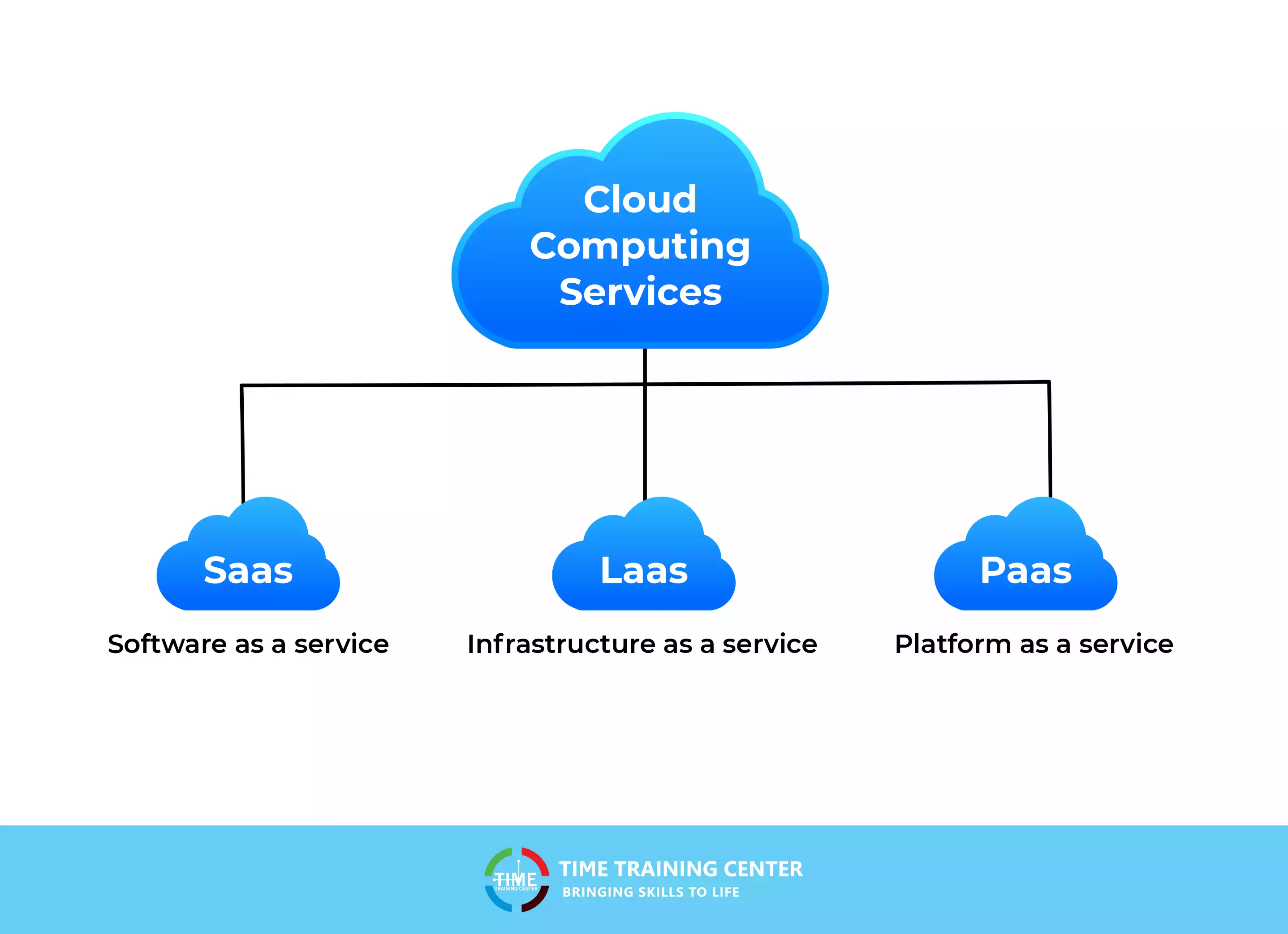Drive Advancement: Using the Power of Cloud Services
In the hectic landscape of contemporary organization, using the power of cloud solutions has actually become a crucial component for companies intending to drive advancement and preserve an one-upmanship. The capacity to range resources dynamically, embrace sophisticated modern technologies perfectly, and enhance advancement procedures successfully can dramatically affect an organization's capability to adapt and introduce. As we check out the intricate relationship between cloud solutions and innovation, fascinating insights on just how cloud options transform traditional organization practices and pave the means for groundbreaking improvements will be exposed.
Advantages of Cloud Solutions
Cloud solutions provide numerous advantages to businesses and people seeking reliable and versatile services for their electronic demands. One of the vital advantages of making use of cloud services is the cost-effectiveness they supply. By relocating to the cloud, organizations can get rid of the requirement for expensive on-premises hardware and maintenance prices, rather selecting a pay-as-you-go model that lines up with use. This scalability allows services to change resources based on demand, leading to optimum price management.
Additionally, cloud solutions enhance accessibility and collaboration amongst groups. With information stored in the cloud, workers can firmly access documents and applications from anywhere with a web link, advertising remote work capabilities and improving productivity. Real-time partnership functions allow numerous customers to service files simultaneously, fostering smooth team effort despite physical area.
An additional advantage of cloud services is the enhanced information safety and security and disaster healing they offer. Cloud suppliers apply advanced security procedures to safeguard information from cyber hazards, ensuring conformity with market policies. In addition, automated back-ups and recuperation services lessen the threat of information loss as a result of unanticipated occasions, supplying tranquility of mind to customers.
Cloud Migration Techniques
Transitioning to cloud solutions involves thorough planning and critical execution to make sure a efficient and smooth migration procedure. There are several cloud migration methods that companies can consider when moving their procedures to the cloud. The 'Replatform' technique entails making some cloud optimizations throughout migration, such as upgrading the application design to take benefit of cloud-native features.
Enhancing Partnership in the Cloud
Enhancing group collaboration with cloud-based tools can substantially boost efficiency and enhance communication within organizations. By leveraging cloud solutions, teams can function together effortlessly regardless of their physical locations, enabling real-time partnership on projects.

Safety Considerations for Cloud Adoption
Just how can companies make certain the durable protection of their information when adopting cloud services? Security factors to consider are paramount in the adoption of cloud solutions. To secure information, companies should first perform a comprehensive threat evaluation to determine prospective susceptabilities and threats. Applying solid file encryption approaches for data both en route and at remainder is critical. Gain access to control systems should be implemented to limit unapproved entrance, and multi-factor authentication can include an added layer of safety and security. Routine safety and security audits and surveillance of the cloud setting aid in identifying and alleviating any safety breaches without delay.

Cloud-Native Technology Practices
In the world of cloud computer, cloud services press release accepting cloud-native advancement techniques is essential for companies aiming to enhance their digital infrastructure and boost functional efficiency. Cloud-native technology techniques involve creating applications especially for cloud atmospheres, leveraging the scalability, adaptability, and dexterity that cloud services supply. Deliberately applications with cloud-native principles in mind, such as microservices design, containerization, and orchestration, companies can enhance their growth procedures, enhance resource application, and react better to altering market demands.
Moreover, cloud-native technology practices promote continuous integration and constant shipment (CI/CD) pipes, making it possible for automated testing, deployment, and tracking of applications. This repetitive approach cultivates faster development cycles and improves total software program quality. Additionally, using serverless computing and handled solutions allows companies to concentrate on establishing core business capabilities while unloading framework administration tasks to cloud solution suppliers.
In significance, welcoming cloud-native development methods equips companies to drive innovation, increase time-to-market, and remain competitive in today's quickly progressing electronic landscape.
Verdict

As we explore the detailed connection between cloud solutions and advancement, appealing understandings on exactly how cloud services revolutionize typical company practices and pave the way for groundbreaking improvements will be revealed. - cloud services press release
There are several cloud movement approaches that organizations can take into consideration when relocating their operations to the cloud. Cloud-native development techniques entail developing applications particularly for cloud atmospheres, leveraging the scalability, adaptability, and dexterity that cloud services provide. In addition, the usage of serverless computing and managed services enables companies to concentrate on establishing core business capabilities while offloading facilities administration tasks to shadow solution carriers.
It is crucial for firms to consider cloud migration methods, improve cooperation in the cloud, and focus on safety and security procedures to make certain effective adoption of cloud services and drive technology within their organization.